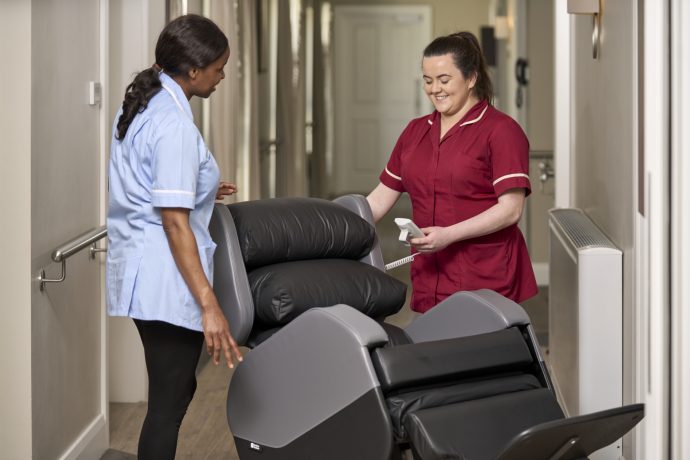
2nd September 2025
Empowering clinicians with expert-led training on clinical seating, pressure injury prevention, and best practice.
Learn More

Let our online product finder guide you through our simple steps to choose the chairs that best meet your patient’s needs.
Seating Solution FinderThe Envelo cushion provides excellent pressure redistribution and comes as standard on all Seating Matters chairs, meeting the clinical needs of most clients.
Explore Envelo RangeSeating Matters specialises in clinical, therapeutic seating solutions designed to improve patient care and safety, offering products for pressure injury prevention, postural support, and mobility assistance in healthcare settings.
Learn MoreDiscover how Seating Matters has transformed lives with our innovative seating solutions - read our inspiring customer success stories now!
Customer StoriesUsed in academia, in clinical practice and with caregivers around the world to guide their practices around specialist seating.
Download Free HandbookSleep disturbances are common in people living with dementia and can have a profound impact on their health and quality of life. In some cases, damage to specific brain regions — including the brainstem — can further disrupt the body’s natural sleep–wake cycle.
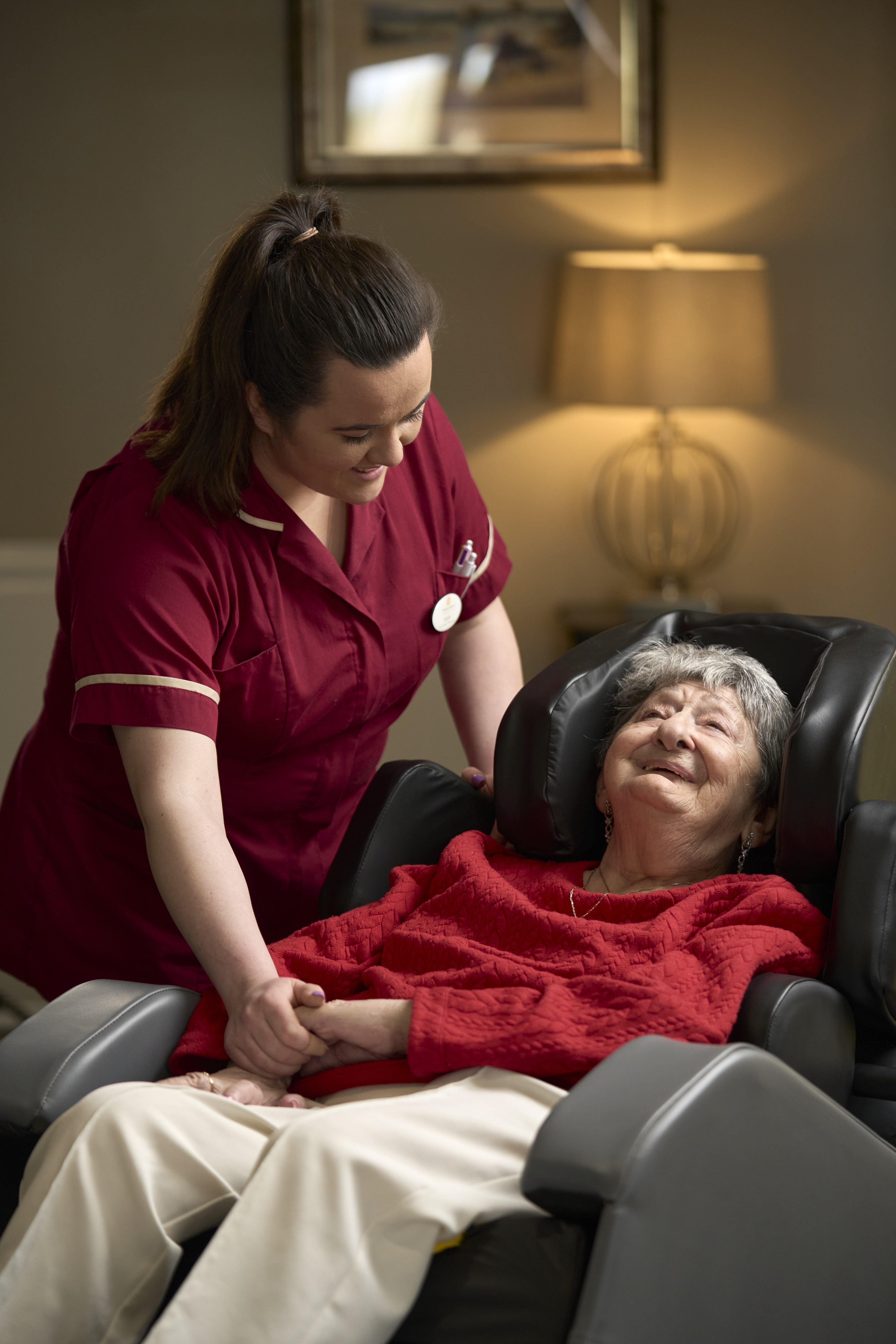
When a resident with dementia experiences brainstem damage, two significant consequences often occur:
Both of these conditions can put the resident at serious risk — especially if their seating posture is incorrect. Proper positioning in a seating system is crucial to prevent additional health complications.
1. Sleep Cycle Disruption in Dementia1,3
Residents with dementia may experience changes to their sleeping patterns, including:
In advanced stages, residents may be awake for up to 40% of their time in bed, leading to:
Unfortunately, sleeping in a chair often causes slouching, sliding downward, and leaning, which can constrict the chest and abdomen — severely compromising breathing, digestion, and circulation.
2. Autonomic Dysfunction2
The autonomic nervous system controls essential, involuntary functions. Damage can lead to:
Sign up to our mailing list to get practical tips and latest research delivered to your inbox!

When combined with poor posture in a chair, these dysfunctions may intensify, putting the resident at higher health risk.
The Effects of Chest and Abdominal Constriction4
When posture or chair design causes compression of the chest and abdomen:
Breathing becomes less efficient:
Digestion is impaired:
Urinary function is affected:
Positioning Strategies for Residents Who Sleep in Chairs
While the ideal solution is to avoid sleeping in a chair altogether, in reality, this often occurs. The goal is to:
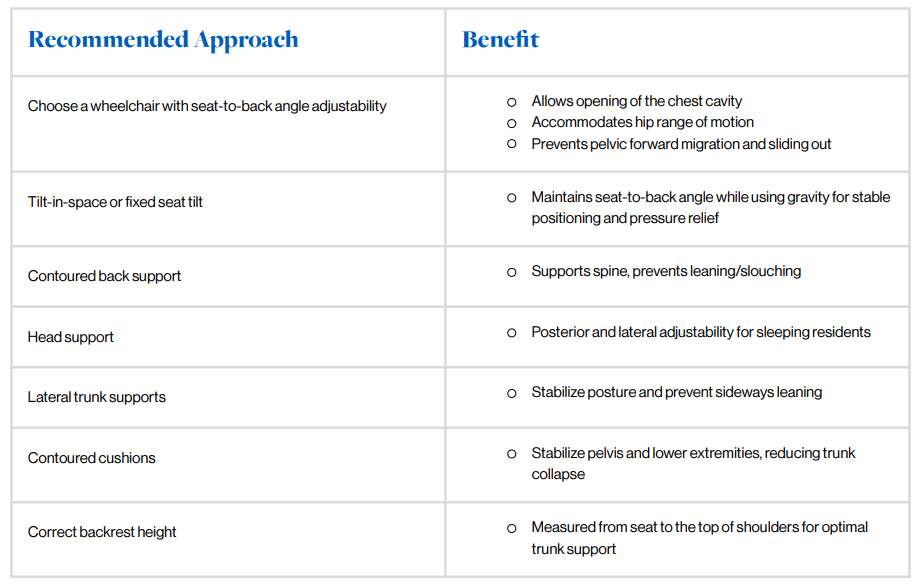
Avoid:
Wheelchair Selection Guidance
Choose chairs with adjustable positioning features that:
Final Key Note
Sleeping in a wheelchair is not encouraged, but it will happen. Our responsibility is to ensure that when a resident does sleep in a chair:
Proper seating and positioning can protect their already vulnerable systems and significantly improve quality of life.
By positioning residents correctly in suitable therapeutic chairs, we can protect their compromised systems and maintain their comfort and safety.
Take the next step to achieve clinical excellence and a 24 hour package of care for patients.

Arrange a free, no obligation assessment of clinical, therapeutic seating.

Schedule a call at a time that suits you to speak with our experts.

Download your copy of The Clinician's Seating Handbook

2nd September 2025
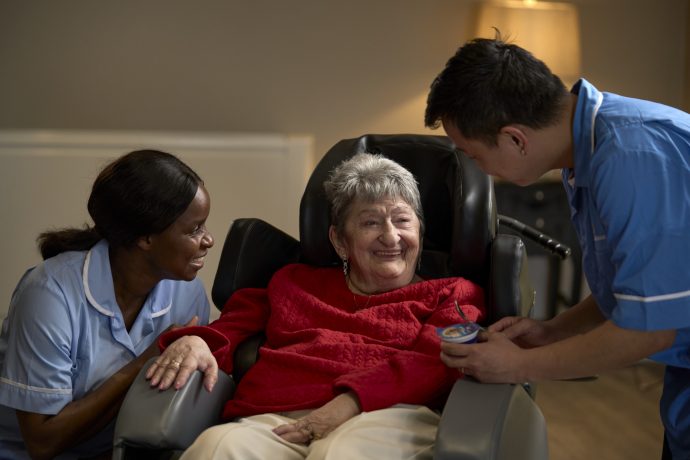
15th August 2025
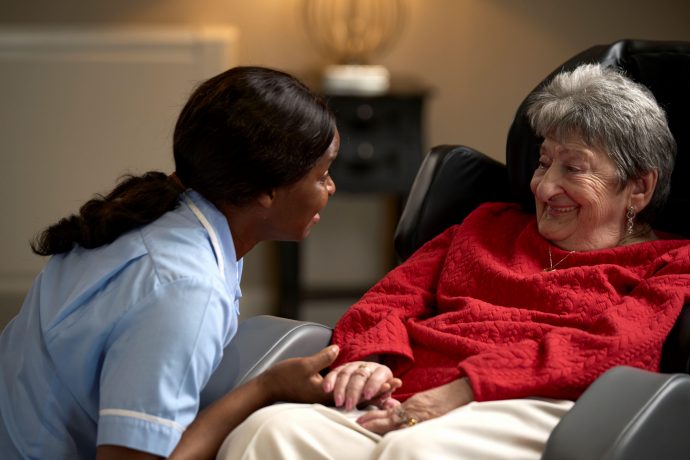
15th August 2025